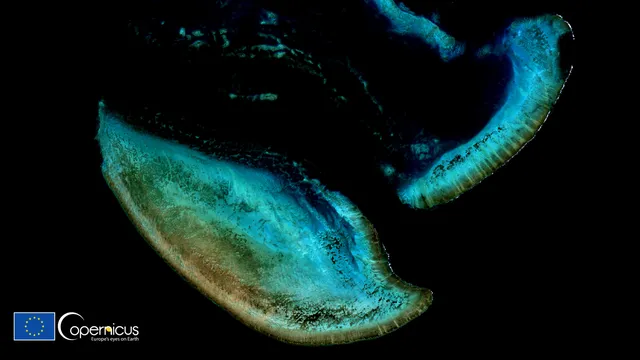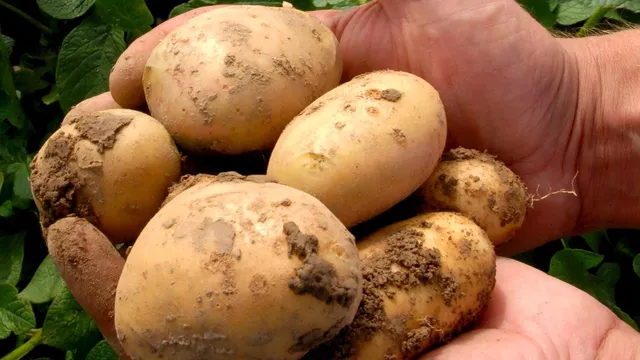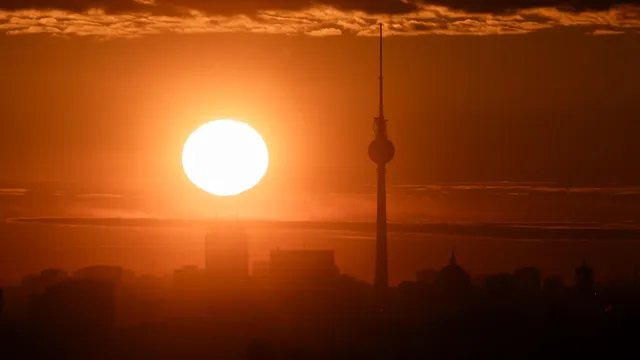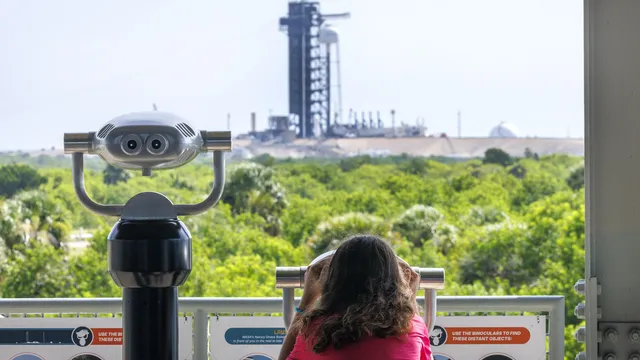Companies are adapting this humble clay-based ceramic to keep people's homes cool—without electricity.
Just over 20% of households in India have air conditioning or a cooler, and less than a third have refrigerators, leaving hundreds of millions of people to cope with rising temperatures without artificial cooling.
Extreme heat is believed to have claimed the lives of over 700 people in India in 2024, the hottest year on record, and researchers warn that 76% of the population is at high to very high risk of heatstroke, according to the Scientific American website.
But an innovation that is at least 3,000 years old—terracotta—is emerging as a cheap and energy-efficient alternative. Once used by the Bronze Age Harappa civilization to store water, this clay-based ceramic still sits on shelves in rural Indian homes in the form of clay pots that cool water without electricity and cost as little as a dollar.
"The porous surface of terracotta allows water to evaporate slowly, taking heat with it and cooling the space around it," explains Aditya Pradyumna, a researcher in environmental health at Azim Premji University in Bangalore.
Based on this principle, architects in India's growing metropolises are turning to terracotta for new passive cooling solutions, ranging from clay refrigerators to perforated tiles, ventilated screens, and facades that allow natural ventilation and help transfer heat and moisture between the indoor and outdoor environments.
In some projects, water is distributed over terracotta surfaces to evaporate and thus lower the ambient temperature.
Passive cooling uses building design to regulate the internal temperature with natural materials, strategic ventilation, and well-controlled shading.
This approach works particularly well in the Mediterranean and other dry or semi-dry locations, such as parts of the northwestern Pacific coast, where studies have found that it can reduce air conditioning consumption by up to 70%.
A pioneer in this field is the Delhi-based design company Ant Studio, whose CoolAnt project uses terracotta as a second skin for concrete buildings.
"We are using its hydrophilic properties and have seen an average temperature reduction of 6-8 °C in over 30 sites" in India, says studio founder Monish Siripurapu.
He adds that the material should be even more effective in drier parts of the country.
Even such a modest temperature reduction, says Pradyumna, can "significantly help the human body cool more efficiently, especially indoors."
Studies show a direct link between rising temperatures and mortality.
Another Indian company, A Threshold, based in Bangalore, recycles terracotta into breathable facades.
Meanwhile, MittiCool, based in Gujarat, has created clay refrigerators that, according to the manufacturer, keep food fresh for three to five days without electricity—something invaluable in homes without reliable power.
"Many of our customers cannot afford to use conventional appliances, so this is a sustainable and affordable alternative," says MittiCool founder Mansukbhai Prajapati.
Niyati Gupta, senior program associate at the WRI India research institute, argues that terracotta "can complement existing cooling systems and reduce our dependence on the fossil fuel-powered electricity grid. This alone could completely transform the energy and construction sectors." | BGNES

 Breaking news
Breaking news
 Europe
Europe
 Bulgaria
Bulgaria







